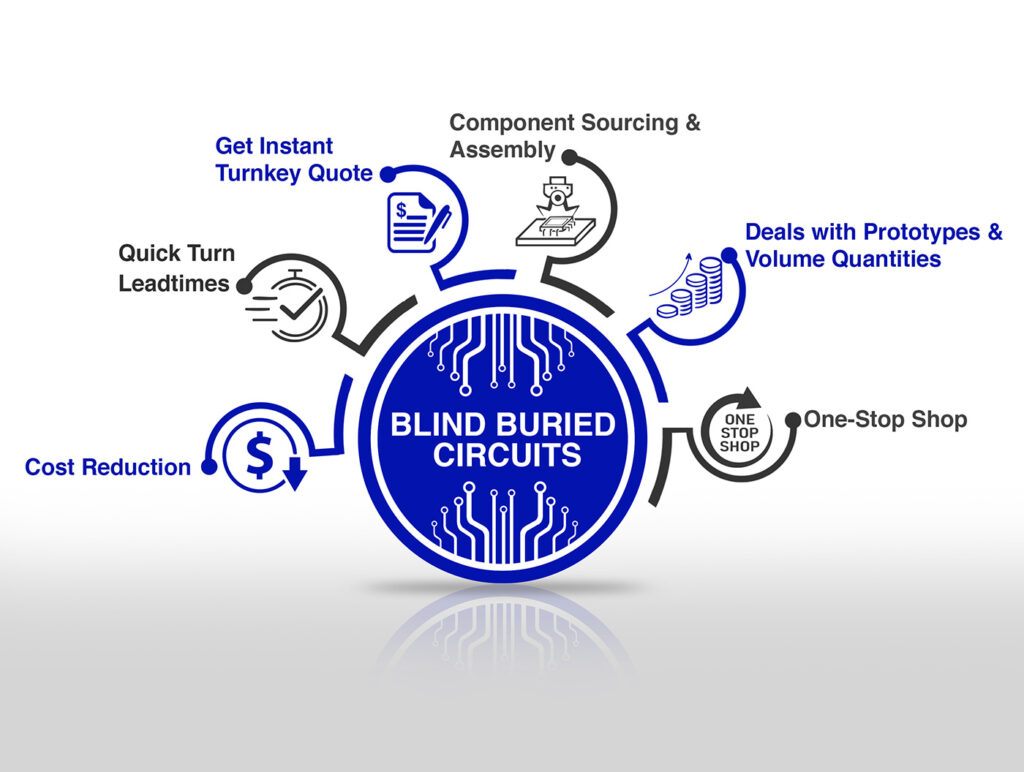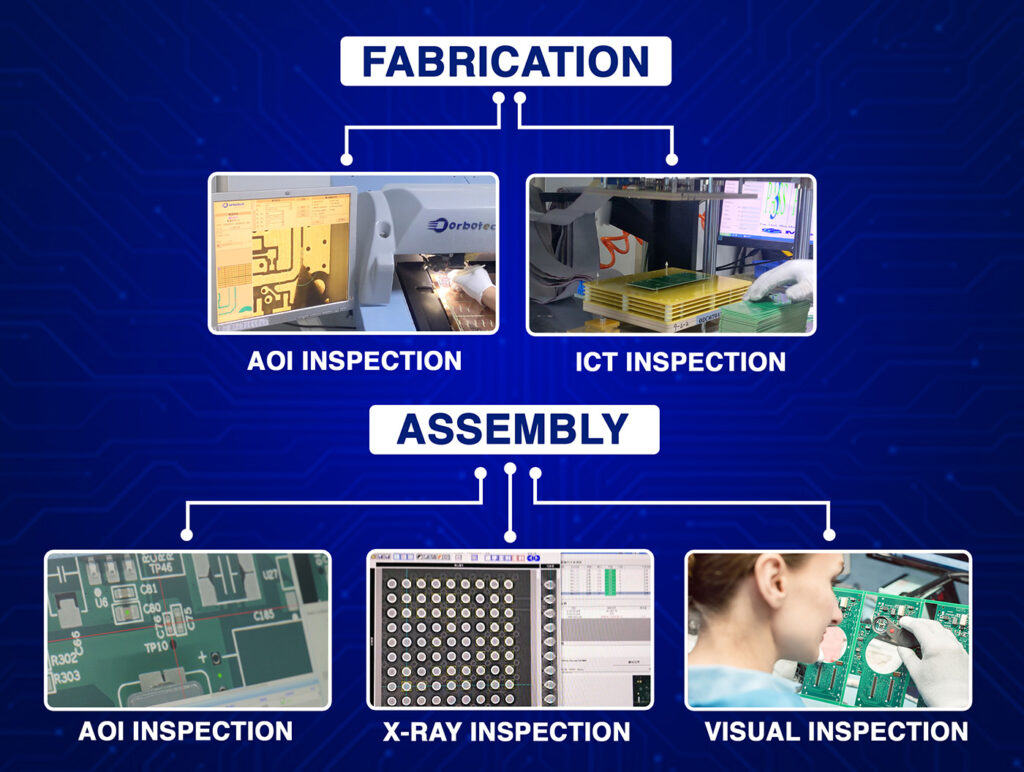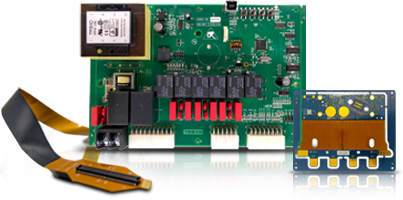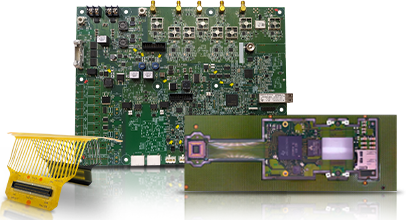Have you ever wondered how your phone call, video stream, or text message travels across the world in seconds? The answer lies in the robust network of servers and telecom equipment that keep us all connected. At the heart of these systems are advanced printed circuit boards (PCBs). Today, let’s explore how PCB integration shapes the telecom industry, why innovations like flexible PCBs matter, and what to look for in a trusted Telecom PCB manufacturer.
Why PCBs Are the Backbone of Telecom Systems
Telecom systems are all about speed, reliability, and handling vast amounts of data. Every server, router, switch, and base station needs a strong, reliable PCB to keep signals moving without error. In the world of PCB telecommunication, the right board can make the difference between smooth calls and dropped connections.
Telecom circuit boards must:
- Handle high-frequency signals for fast data
- Support many connections and ports
- Survive 24/7 operation in harsh environments
- Stay cool, even when packed with components
That’s why working with an expert PCB manufacturer is so crucial for telecom projects.
The Role of Flex Circuit Board Manufacturers in Telecom
Telecom hardware is changing fast. Devices are getting smaller, more powerful, and packed with more features. Flex circuit board manufacturers are helping lead this change. Flexible PCBs can bend and twist, making them perfect for tight spaces and unusual shapes inside servers and network gear.
Benefits of flexible PCB fabrication for telecom:
- Fit boards into compact, dense hardware
- Reduce the number of connectors and cables
- Improve reliability by handling vibration and movement
- Allow for creative designs in next-gen telecom equipment
With flexible PCB fabrication, telecom companies can build more innovative, lighter, and more reliable hardware.
How PCB Manufacturing Powers Telecom Innovation
Every telecom device starts with a design. Engineers use special software to plan the layout, choose components, and map out signal paths. Once the design is ready, a pcb manufacturer takes over.
The PCB manufacturing process for telecom includes:
- Design review: Ensuring the layout meets telecom standards and can handle high-speed signals.
- Fabrication: Creating the board by layering copper, insulating materials, and etching the circuit paths.
- Assembly: Placing and soldering chips, connectors, and other parts onto the board.
- Testing: Checking for errors, shorts, and performance issues before the board goes into a server or network device.
This process demands precision at every step. Even a small mistake can cause significant problems in the field.
PCB Assembly Services: The Key to Reliable Telecom Hardware
PCB assembly services are where the magic happens. Here, skilled technicians and advanced machines place each tiny part onto the board. For telecom PCB assembly, quality is everything.
Key steps in telecom PCB assembly:
- Solder paste application: A thin layer of solder paste is applied to the board where the parts will go.
- Pick-and-place: Machines or technicians place components onto the board with high accuracy.
- Reflow soldering: The board goes through an oven, melting the solder and securing the parts.
- Inspection: Automated and manual checks ensure every part is in the right spot and soldered correctly.
- Functional testing: Boards are tested to make sure they work as expected, with no signal loss or errors.
In telecom, even a tiny flaw can cause dropped calls or slow data. That’s why PCB assembly services must meet the highest standards.
Telecom PCB Design: What Makes It Unique?
Designing a telecom PCB is different from making a board for a simple gadget. Here’s why:
- High-speed signals: Telecom boards must handle signals at gigabit speeds. The layout must minimize interference and keep signals strong.
- Thermal management: Telecom gear runs hot. Good design keeps things cool to avoid failures.
- Dense layouts: Boards are packed with chips, connectors, and power circuits. There’s little room for error.
- Reliability: Telecom systems run 24/7. Boards must last for years without problems.
Telecom PCB manufacturers often use advanced materials and multi-layer designs to meet these needs.
Flexible PCB Fabrication: Changing the Game in Telecom
Flexible PCB fabrication is making a significant impact in the telecom world. Flex and rigid-flex boards can handle more complex shapes and tight spaces. They’re perfect for:
- Compact server blades
- Wireless base stations
- High-density routers and switches
Advantages of flexible PCBs in telecom:
- Save space in crowded server racks
- Reduce the risk of connector failures
- Withstand vibration and movement
- Enable lighter, more energy-efficient hardware
If you’re designing next-gen telecom equipment, talk to flex circuit board manufacturers about how flex PCBs can help.
Choosing the Right Telecom PCB Manufacturer
Not all PCB makers are the same. For telecom, you need a partner who understands the industry’s strict demands.
Look for a Telecom PCB manufacturer who offers:
- Experience with high-speed, high-density designs
- Advanced materials for thermal and electrical performance
- Complete PCB assembly services and testing
- Proven track record with telecom clients
- Ability to handle both rigid and flexible PCB projects
The right partner will help you avoid costly mistakes and deliver reliable hardware every time.
Rigid vs. Flexible PCBs in Telecom Hardware
| Feature | Rigid PCBs | Flexible PCBs |
| Shape | Fixed, flat | Bendable, twistable |
| Space use | Needs more space | Fits tight spaces |
| Vibration resistance | Moderate | High |
| Connector needs | More connectors | Fewer connectors |
| Weight | Heavier | Lighter |
| Use case | Main boards, backplanes | Interconnects, modules |
The Future: Telecom PCB Assembly for 5G and Beyond
The telecom industry is racing toward 5G and even faster networks. This means even more demand for advanced PCB solutions.
Trends shaping the future:
- Higher speeds: Boards must handle signals at 10Gbps and beyond.
- Smaller hardware: Space-saving designs are a must.
- More flexible designs: Flex and rigid-flex boards will be everywhere.
- Tougher standards: Boards must pass stricter tests for reliability and performance.
Telecom PCB assembly will keep evolving to meet these challenges with smarter designs and better materials.
Final Thoughts
Telecom systems keep our world connected. Behind every call, message, and video is a network of powerful servers and smart hardware—driven by advanced PCB telecommunication solutions. Whether you need rigid or flexible boards, strong PCB assembly services, or a partner who understands the telecom industry, the right Telecom PCB manufacturer makes all the difference. As networks get faster and devices get smarter, investing in the best PCB technology is the key to staying ahead.
Frequently Asked Questions (FAQs)
Q1: What do flex circuit board manufacturers offer for telecom systems?
They provide flexible PCBs that fit tight spaces, reduce connector use, and improve reliability in telecom hardware.
Q2: Why is flexible PCB fabrication necessary in telecom?
Flexible PCB fabrication allows for creative, space-saving designs that handle vibration and movement—key for modern servers and network equipment.
Q3: What should I look for in a telecom PCB manufacturer?
Look for experience in high-speed, high-density boards, advanced materials, vigorous testing, and the ability to deliver both rigid and flexible PCBs.
Q4: How does PCB assembly service quality affect telecom hardware?
High-quality assembly ensures every component is placed and soldered correctly, reducing failures and downtime in telecom systems.
Q5: What makes telecom PCB design different from other industries?
Telecom PCBs must handle high-speed signals, dense layouts, and harsh environments, requiring advanced design and materials.
Q6: Can flexible PCBs replace all rigid boards in telecom?
Not always. Flexible PCBs are great for interconnects and tight spaces, but rigid boards are still needed for primary processing and power circuits.
Q7: How does telecom pcb assembly support 5G networks?
By using advanced materials and precise assembly, telecom PCB assembly enables faster, more reliable hardware for 5G and beyond.
Q8: What’s the future of telecom circuit boards?
Expect more use of flex and rigid-flex boards, higher speeds, and even stricter quality standards as networks get faster and more complex.





